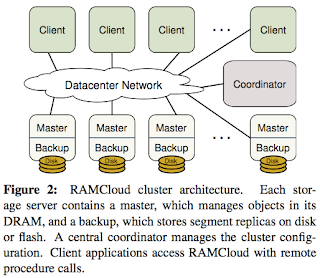Antifragility from an engineering perspective
I read Nassim Taleb's "Antifragility: Things That Gain from Disorder" book a while ago, and enjoyed it a lot. I have been thinking about antifragility in engineering systems, and thought it would be good to put what I have come up with so far in writing to be able to contribute to the discussion. There are some nice reviews of the book in various places. My intention here is not to review the book, but to try to look at antifragility from an engineering perspective. Unfortunately, this came out mostly as rambling, but here it is for what it is worth. Engineered systems: Let's start with giving examples from the mechanical world. I will try to give examples for three increasingly-superior levels of reliability: robust-yet-fragile < resilient < antifragile. Robust-yet-fragile. A good example here is the glass. Glass (think of automobile glasses or gorilla glass) is actually very tough/robust material. You can throw pebbles, and even bigger rocks at it, a





